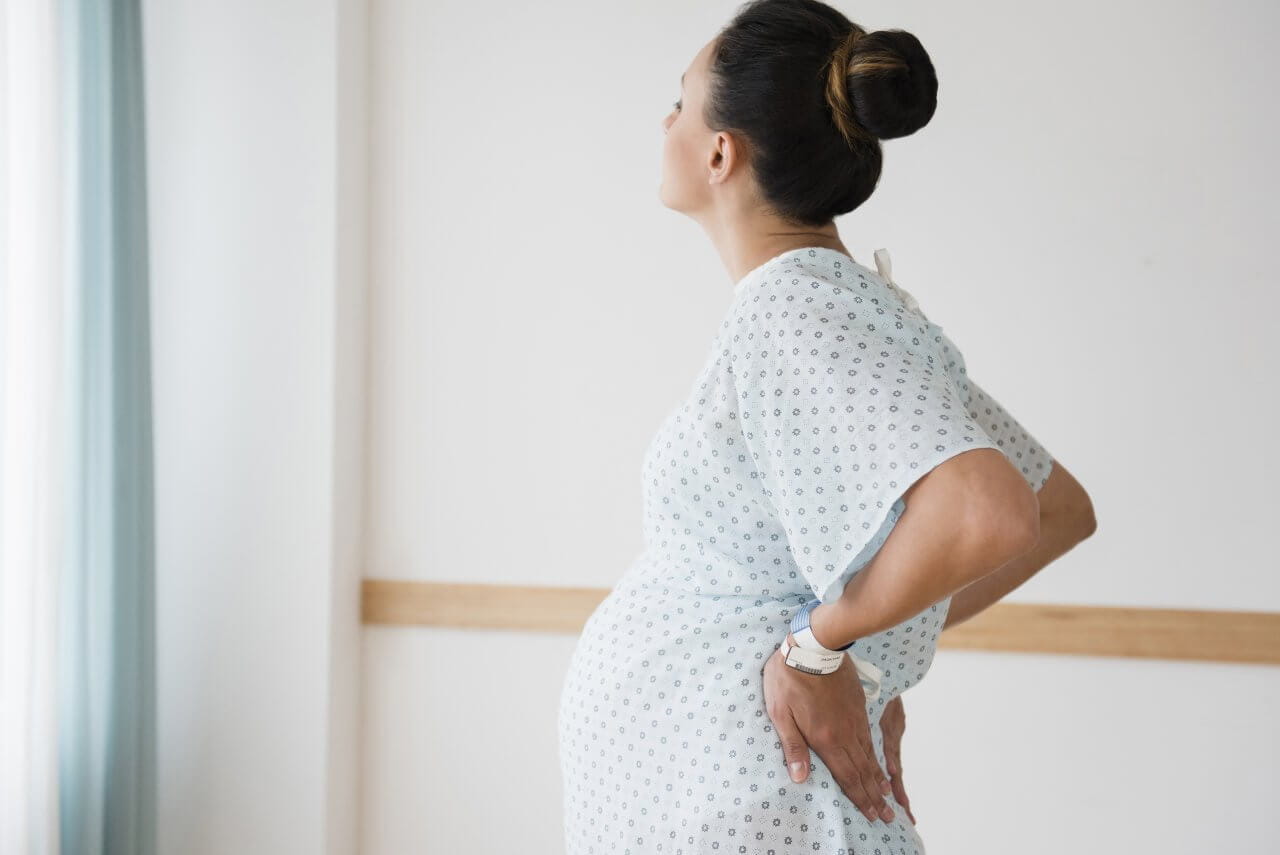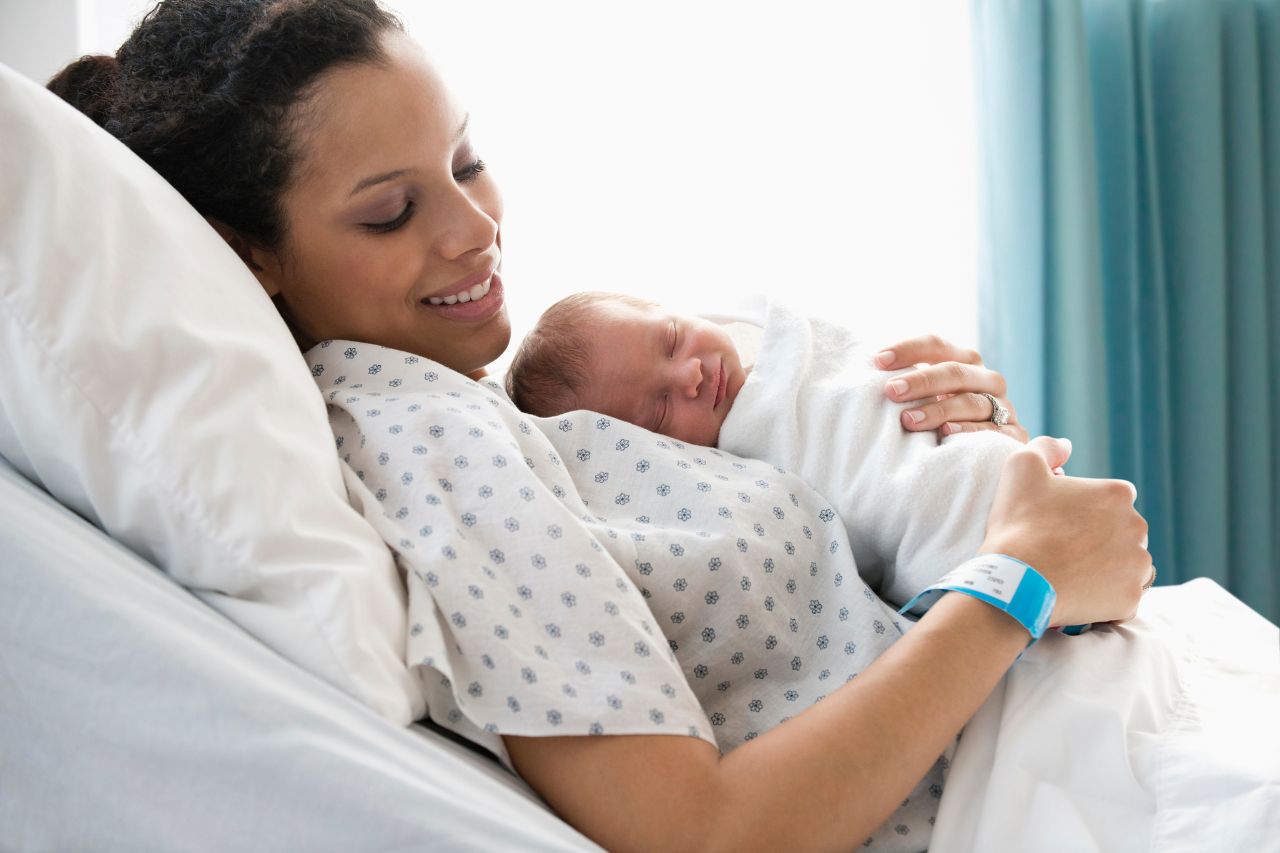What Is Back Labor?

Labor often causes pain, cramping, or discomfort in the lower back. However, approximately 25% of patients experience what’s called back labor. What does back labor feel like? It’s severe discomfort in the lower back that peaks during contractions but can also be present between contractions.
In addition to causing intense pain, back labor is often accompanied by slow-progressing labor, an irregular contraction pattern, and a longer pushing stage.
What Causes Back Labor?
The baby’s position in the pelvis is a common cause of back labor. Specifically, the risk of back labor is higher when the baby is facing the mother’s abdomen (technically called the occiput posterior position).
This so-called sunny-side-up orientation typically isn’t “sunny” for the laboring mother! It can cause the baby’s head to put pressure on the spine and sacrum (tailbone), producing intense pain. However, that fetal positioning doesn’t always cause back labor. Some babies are born with that orientation, and it causes no additional discomfort to the mother.
Another risk factor for back labor is back pain during the menstrual cycle. Research suggests those who experience that type of discomfort are more likely to have back labor.
How to Avoid or Relieve Back Labor
You can reduce the likelihood of experiencing back labor by performing activities throughout pregnancy that may help ensure your baby is in the right position when it’s time to deliver. They include:
- Walking, squatting, or performing lunges
- Doing pelvic tilts
- Using a hula-hoop
- Sitting on a birthing ball
- Sitting backward on the toilet or a chair
- Having someone use a rebozo (a long, flat garment) or sheet to help shift your pelvis
- Avoiding seated positions where your knees are higher than your hips, like on couches or chairs with deep, soft cushions
Your care team may also recommend some of the activities above if you develop back labor.
You may also be able to reduce back labor discomfort by:
- Applying strong counter-pressure
- Taking a shower or warm bath, or sitting in a birth pool
- Applying cold or hot compresses or a warm, rice-filled sock to the lower back
- Applying rolling pressure to the lower back using a tennis ball, beverage can, water bottle, etc.
Typically, a combination of baby-repositioning techniques and pressure- or temperature-related comfort measures provides the most relief.
Is Back Labor Harmful to Mother or Baby?
Back labor itself doesn’t physically harm a mother or unborn baby. However, it can adversely affect the childbirth experience, so it should be addressed.
In addition, babies in undesirable positions during the birthing process typically have an increased risk of complications. This can include prolonged labor and greater fatigue for the mother, the use of forceps or a vacuum device during delivery, the need for an episiotomy (small incisions to widen the vaginal opening), and cesarean section (C-section).
Learn More About Maternity Care Services at Baptist Health
Whatever type of labor you experience, our mother and baby care experts at Baptist Health can help you maximize your comfort and enjoy a safe, uneventful delivery. Learn more about our maternity care services today.
Next Steps and Useful Resources
The Pelvic Floor After Childbirth
How Does an Epidural Work?
The Gentle C-Section

.jpg?rev=2a2d9ca825984c0588788924f51a9b5a)

